Thanks to support from the Western Integrated Pest Management Center, we will be livestreaming the plenary sessions for AFE members and recording them for congress attendees and members to watch a later date.
Opening Plenary Session, December 5, 8am-10am PST

Putting Cultural Fire Back on the Land
The Honorable Ron W. Goode, Tribal Chairman of the North Fork Mono Tribe
Chairman Goode’s talk will explore how cultural burning among the North Fork Mono differs from government agency-lead prescribed burning, including examining the knowledge which informs each type of burning and how that leads to different landscape outcomes.
Mr. Goode is a veteran of the United States Army, a retired community college professor in ethnic studies, and a life member of the Sierra Mono Museum and of the United States Judo Federation. He holds a 6th degree Black Belt in Judo and still enjoys teaching. Mr. Goode is also a retired community college professor in ethnic studies and has won many awards for his teaching and community service. He is the author of an ethnobotany book Cultural Traditions Endangered (Eagle Eye Enterprises, 1992) and in 2017-2018 was the coordinating lead author for the Tribal Indigenous Communities Climate Change Assessment for the California 4th Climate Change Assessment. Mr. Goode and his tribal and ecological team have been conducting cultural burns with Sequoia Park, Bass Lake Ranger District – Sierra National Forest, Cold Springs Rancheria, and the Mariposa Miwok Tribe. He takes their practical work and presents it at universities and other public venues.
The North Fork Mono have used fire to cultivate the landscape and have passed down their burning traditions through the generations. While there is a renewed interest in controlled burning, government agencies have favored the Western science approach of prescribed burning. Cultural burning employs different techniques and priorities when performing a burn. For the North Fork Mono, two of the most important goals of cultural burning are the return and renewal of culturally important plant species and restoring the water table. Both cultural burning and prescribed burning are being employed in the Southern Sierra Nevada mountains of California. Chairman Goode’s talk will explore how cultural burning among the North Fork Mono differs from government agency-lead prescribed burning, including examining the knowledge which informs each type of burning and how that leads to different landscape outcomes.
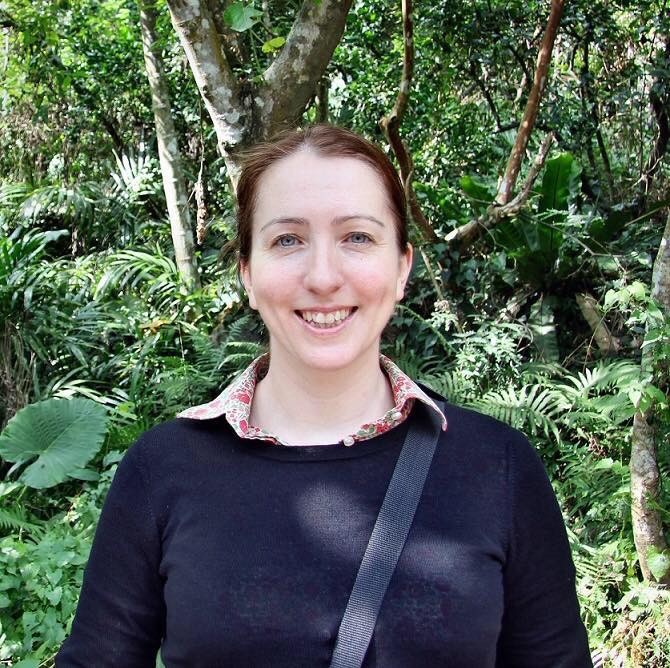
Wildfires and Climate Change: An Australian Perspective
Dr. Rachael Nolan, Senior Research Fellow, Hawkesbury Institute for the Environment, Western Sydney University
How is climate change affecting wildfires? And how is vegetation responding to changing fire regimes? This presentation delves into these questions, using the Australian Black Summer fire season as a case-study.
Record-breaking fire seasons across the globe raise important questions about plant responses to shifting fire regimes (i.e., changing fire frequency, intensity and seasonality). At the same time as fire regimes are changing, climate change is affecting other abiotic and biotic disturbances, such as drought, heatwaves and insect outbreaks. This presentation explores the impacts of climate-driven shifts in fire regimes and compound disturbances on vegetation communities. The 2019/20 Australian Black Summer fires are used as a case-study. These record-breaking fires produced large carbon emissions, burnt fire-sensitive ecosystems and exposed large areas to the risk of biodiversity decline by being too frequently burnt in the future. Field-studies on forest recovery following the fires found that large amounts of above-ground biomass were killed during the fires, but tree mortality varied with tree size and fire severity. However, there was large variation in how forests responded to the fires. This variation was likely driven by complex interactions with forest type, site productivity, drought stress and biotic factors. Prediction of vegetation responses to fire under climate change will be greatly improved by addressing knowledge gaps on how overlapping disturbances and climate change-induced shifts in fire regime affect post-fire resprouting, recruitment, growth rates, and species-level adaptation capacity.
Rachael Nolan works at the intersection of plant ecophysiology, fire ecology and forest fire management. Her research bridges science, policy and management, aiming to provide an early warning of the risk of bushfires, and to predict their impacts on ecosystems under a changing climate. Rachael has worked in fire ecology since 2005, initially as an ecological consultant. She gained her PhD in 2013 from The University of Melbourne, and currently holds a Senior Fellowship in Bushfire Research at Western Sydney University. Rachael is the Deputy Director of the NSW Bushfire and Natural Hazards Research Centre, a collaboration between six universities and multiple government agencies.
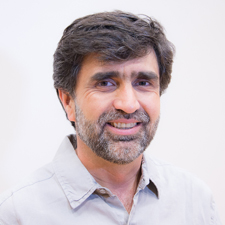
Integrated Fire Management, what do we need to know and how do we know it is enough?
Dr. Diego R. Pérez-Salicrup, Director, Instituto de Investigaciones en Ecosistemas y Sustentabilidad, Universidad Nacional Autónoma de México
Research on Integrated Fire Management intends to reach socio-ecosystems such that the occurrence of forest fires is compatible with ecosystem health and social welfare. Using the Monarch Butterfly Biosphere Reserve as a case example, I will share how dendrochronological and social research helped identify actions to improve forest management. However, as in most complex systems, new challenges modify the system, forcing us to continue with an adaptive management approach.
Diego Pérez-Salicrup completed his degree in Biology at the Universidad Nacional Autónoma de México, and then his MSc and PhD at the University of Missouri-St. Louis. He was a postdoctoral fellow at the Harvard Forest of Harvard University. Since 2000, he has worked at the National Autonomous University of México, where he is now the Director of the at the Instituto de Investigaciones en Ecosistemas y Sustentabilidad (IIES). His publications show a broad range of research interests with a particular focus on forest management, ecological restoration, and fire ecology. He coordinates the Mexican Network of Fire Research.
Integrated Fire Management includes all actions relevant to incorporating fires in Socio-ecosystems such that social welfare and ecosystem integrity are maintained over time. Hence, Integrated Fire Management should be based on decisions made with the best relevant knowledge available. This knowledge might come from formal academic research and empirical knowledge from local inhabitants. The Monarch Butterfly Biosphere Reserve is an emblematic site where populations of Danaus plexippus from eastern Canada and the United States overwinter. Based on dendrochronological and social research, we have worked with local authorities and local inhabitants to identify Fire Management goals. Nevertheless, new challenges and threats to socio-ecosystem integrity have emerged, underscoring the importance of adaptive strategies.
Closing Plenary Session, December 7, 8am-10am PST
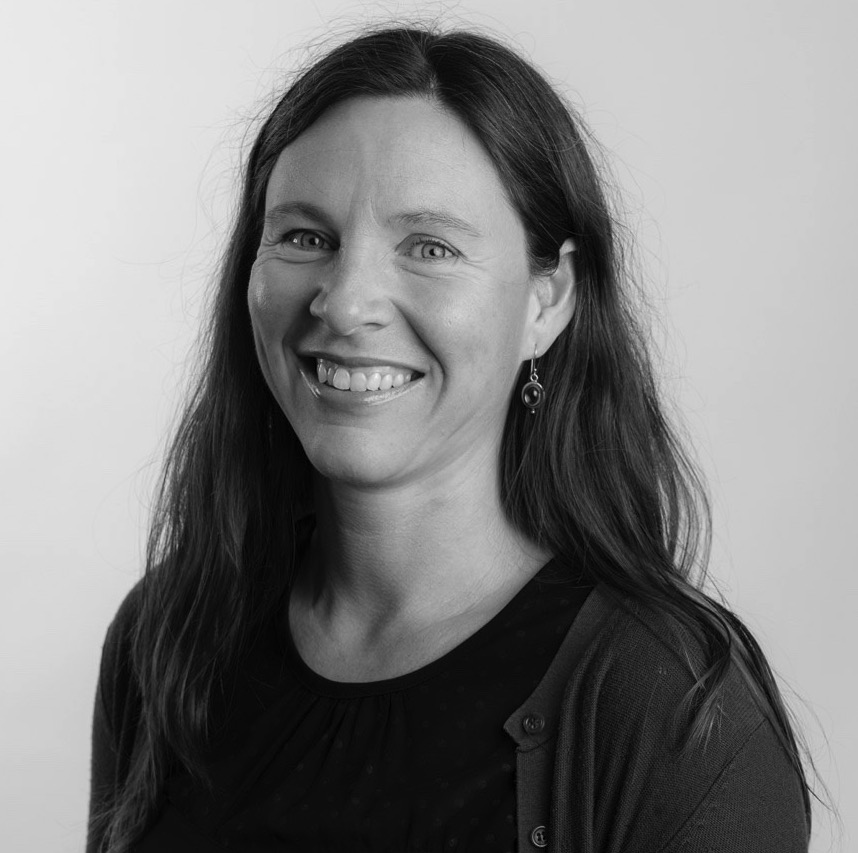
When the Familiar Becomes the Unknown: Coping, Caring, and Coexisting in a Fiery World
Prof. Dr. Christine Eriksen, Institute of Geography, University of Bern, Switzerland
Is home still home when the world around us has changed irrevocably yet seems oddly familiar? In this talk, I reflect on the social and structural challenges we face, as a fire family, in the context of catastrophic wildfires.
Is home still home when the world around us has changed irrevocably yet seems oddly familiar? In this talk, I reflect on the social and structural challenges we face, as a fire family, in the context of catastrophic wildfires. Our transformation of Earth systems necessitates new understandings of the relationship between humans and fire. As we strive to (re)learn and (re)appreciate our relationship to fire in the Anthropocene, it is increasingly clear that we are all “on the fireline” in need of an anchor point. Finding an anchor point requires us to cope with the heavy toll frequent devastating wildfires is taking on our physical and mental wellbeing – be it as firefighters, cultural knowledge holders, land stewards, wildfire survivors, residents at-risk, or researchers. It also requires us to care deeply about changing the status quo, so we can coexist in a fiery world. In so doing, the power of generational knowledge, cultural diversity, and interdisciplinarity is a double-edged sword, with the ability to both enable vital change and to uphold problematic privilege.
Christine’s widely published and award-winning work builds on two decades of wildfire research in Australia, North America, Europe and Africa. She focuses on how people’s lived experiences of wildfire are shaped by local knowledge, cultural norms, political agendas, and environmental history. Her ability to explain social vulnerability and community coping capacity has gained her international recognition as a ground-breaking fire social scientist. Christine relocated from Australia to Switzerland in 2020 to work in a university-based think tank where she advised the government on how to adapt to climate-exacerbated hazards. In August 2023, she commenced a 5-year research professorship funded by the Swiss National Science Foundation, which focuses on how to build community resilience to wildfires in Europe. Christine is the author of over 100 articles and two books, Alliances in the Anthropocene: Fire, Plants and People (2020) and Gender and Wildfire: Landscapes of Uncertainty (2014). For more details about her work, see: www.christineeriksen.com
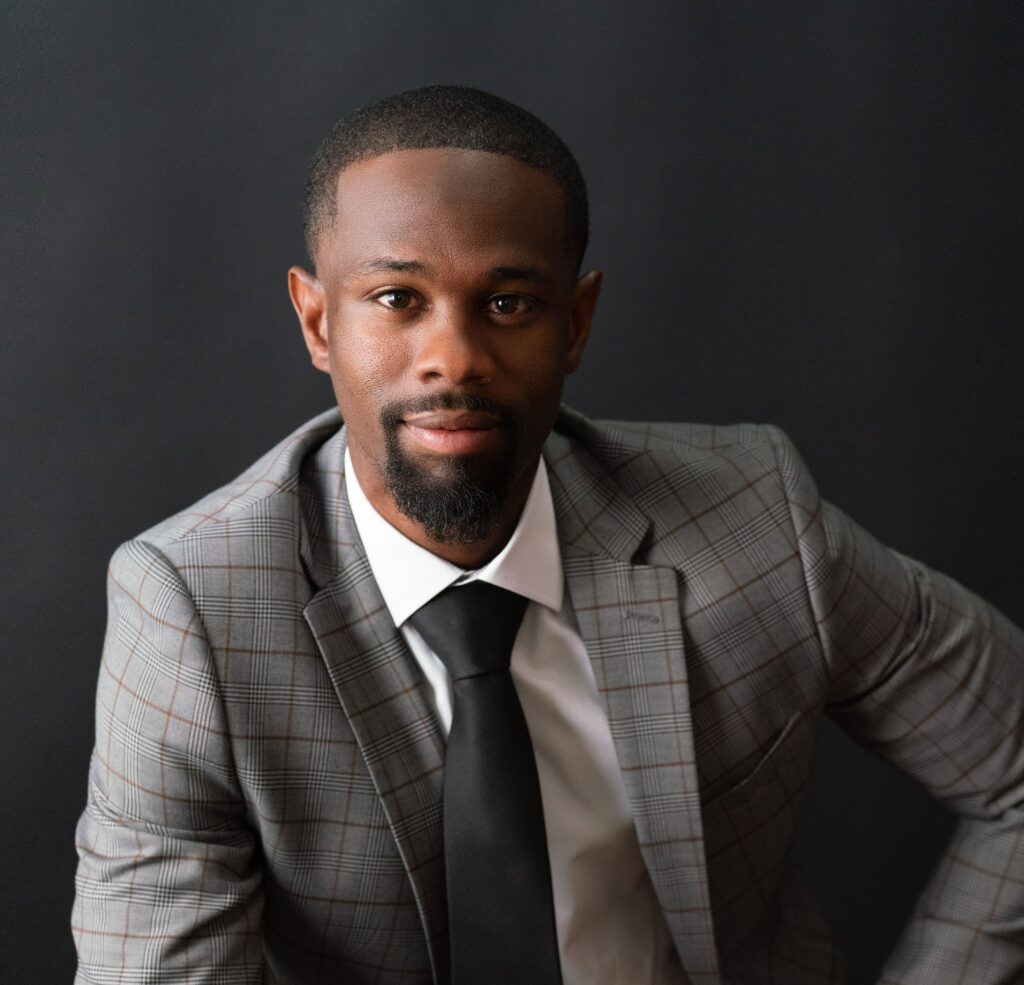
Fighting Fire with Fire: Creative Solutions at the Intersection of the Climate Crisis and Criminal Justice
Chief Royal Ramey, Co-Founder & Chief Program Officer, Forestry & Fire Recruitment Program (FFRP)
California depends on incarcerated people to fight wildfires, but provides no viable pathway to employment once they are released. Meanwhile, wildfires are more common, there are personnel shortages to fight them, and the recidivism rate for those being released from prison is 60%. I co-founded the Forestry and Fire Recruitment Program to provide opportunities for the formerly incarcerated to save both lives and land, while purposefully restoring what has been lost in our forests, our prisons, and our communities.
California depends on incarcerated people to fight wildfires, but provides no viable pathway to employment once they are released. Meanwhile, wildfires are more common, there’s a personnel shortage to fight them, and the recidivism rate for those being released from prison is 60%.
My passion comes from being formerly incarcerated myself. I grew up with a retaliation mindset. There was a fire in me, an ignition point from the time I was a teenager, but it wasn’t something I learned how to control until I went to fire camp. When a fire is raging, you use everything at your disposal to save what you can. But, with the right level of physical fitness, emotional intelligence, training, and skill, you can significantly reduce the number of ignition points that lead to devastation. Controlling the fire, prescribing the burn leads to renewal and growth.
I co-founded the Forestry and Fire Recruitment Program to provide the opportunity for those who are formerly incarcerated while purposefully restoring what has been lost in our forests, our prisons, and our communities. Since 2015, we have helped train and place over 200 people in the fire service and provide comprehensive wraparound services to over 3,000 currently and formerly incarcerated individuals, and our recidivism rate remains just 3%. There is a viable pathway from public nuisance to public servant, a means to repair both lives and land, we simply have to invest in it.
Chief Royal Ramey is the epitome of a go-getter. In 2014, after time spent at Fire Camp, Chief Ramey became a wildland firefighter with the US Forest Service. Following this success, Chief Ramey was approached by others who were looking to make the same transition he did from Fire Camp to a professional wildland firefighter. This helped develop the framework for FFRP’s programming model. Chief Ramey served eleven seasons as a wildland firefighter for the US Forest Service and CAL FIRE, and has an Associate of Science degree in Fire Technology from Crafton Hills College. He was pardoned by Governor Gavin Newsom in 2022.

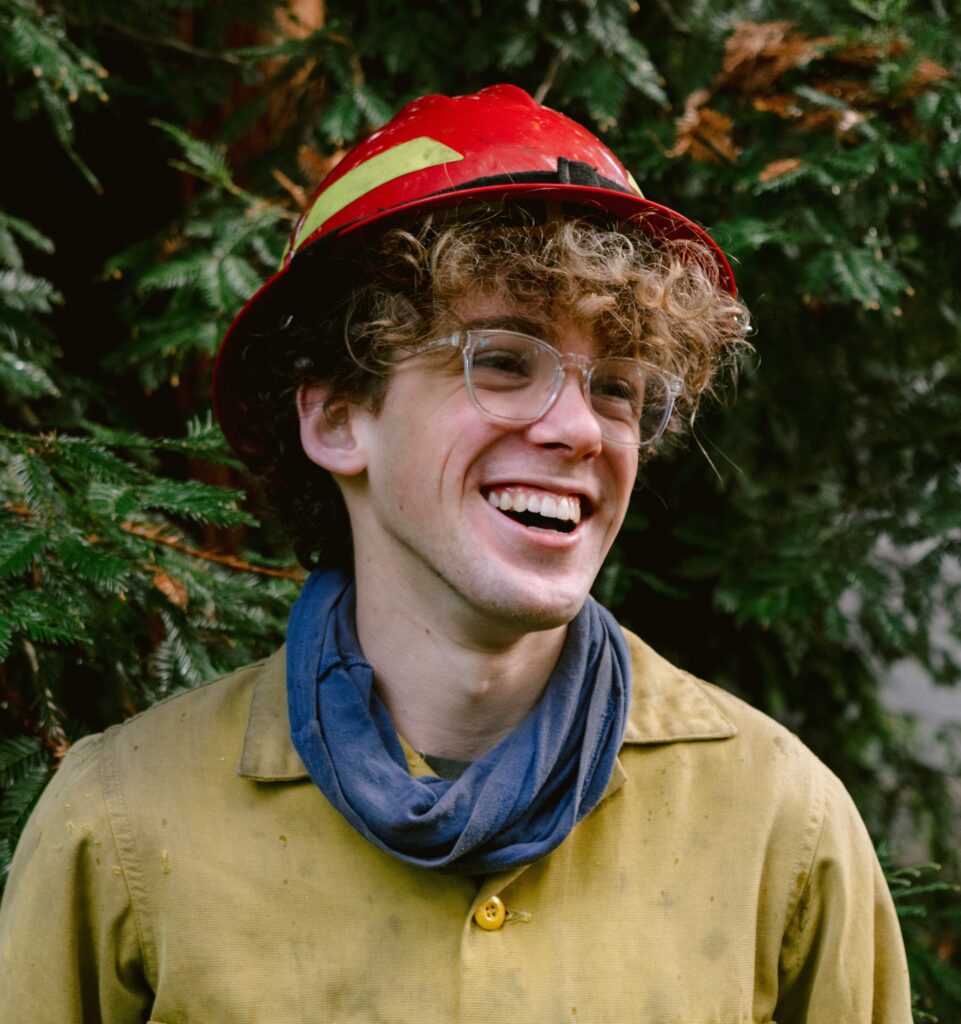
Passing the Torch: Empowering Our Generation in a Time of Crisis
Ryan Reed, FireGeneration Collaborative Program Director; Northwest Forest Plan Federal Advisory Committee member
Kyle Trefny, Co-Founder, FireGeneration Collaborative
Two young leaders share a vision to empower their generation in the paradigm shift for ecological fire management. Young people are depended on by all to carry this effort forward – through a volatile climate, intensifying disasters, and increasing demands. This keynote will introduce the FireGeneration Collaborative, and priorities of education, Indigenous leadership, and a proactive approach – it will also highlight the grief, heart, hope, and needs of young leaders and fire practitioners.
What do you see when you picture the coming decades with fire? What is the best possible scenario? And how must we equip young people today to achieve it? We think about these questions all the time, because we depend on them.
For our generation, reinstating positive relationships with the land cannot be abstract. Our quality of life depends on it actually happening. This enormous endeavor has the opportunity to recenter long-term thinking in the way we steward ecosystems and pass responsibility from generation to generation.
At FireGeneration Collaborative, this is one of our key goals. FireGen was founded in 2022 by a group of us young people who brought federal leaders a vision to empower young and future generations in fire. Our vision focuses on centering Indigenous ecosystem management, intergenerational decision-making, and educational pathways to a workforce for all people — especially BIPOC, women, and underrepresented demographics in fire today.
This past year, we’ve helped provide youth with historic access to policy processes, and begun building power and projects to increase our generation’s involvement in fire. With this talk, we hope to advance practical strategies and develop meaningful relationships for decolonizing fire management, and implementing intergenerational longevity.
Ryan Reed is from the Karuk, Hupa and Yurok tribes in Northern California. He is an Indigenous Fire Practitioner, wildland firefighter, and prides himself as a Karuk Medicine person and strongly connected to his cultural practices and Pikyavish (World Renewal) ceremonies. Ryan has a Bachelor of Science Cum Laude in Environmental Studies at the University of Oregon, and is pursuing a Master’s in Forestry at UC Berkeley. Additionally, he is the Program Director for FireGeneration Collaborative and recently accepted a committee position on the USDA Forest Service Northwest Forest Plan Federal Advisory Committee. Ryan’s ultimate goal is restore Indigenous land management practices, and create a more fire resilient and dependent society.
Kyle Trefny (he/him) is a student researcher, wildland firefighter, Co-founder of FireGeneration Collaborative, and award-winning organizer and artist. His work has reached millions of people and been featured around North America. Kyle grew up on Ramaytush Ohlone land in the Bay Area, where ecological passions and local disasters drew him to the element of fire. In the face of intensifying disasters and climate crisis, he seeks to be part of solutions that address the root causes between them, and center frontline communities, the more-than-human world, and future generations. Kyle is also LGBTQ, and prioritizes a fire space where all people can belong as their full selves. He’d like to recognize his family, community, and young organizers for never giving up on each other or our collective future.
